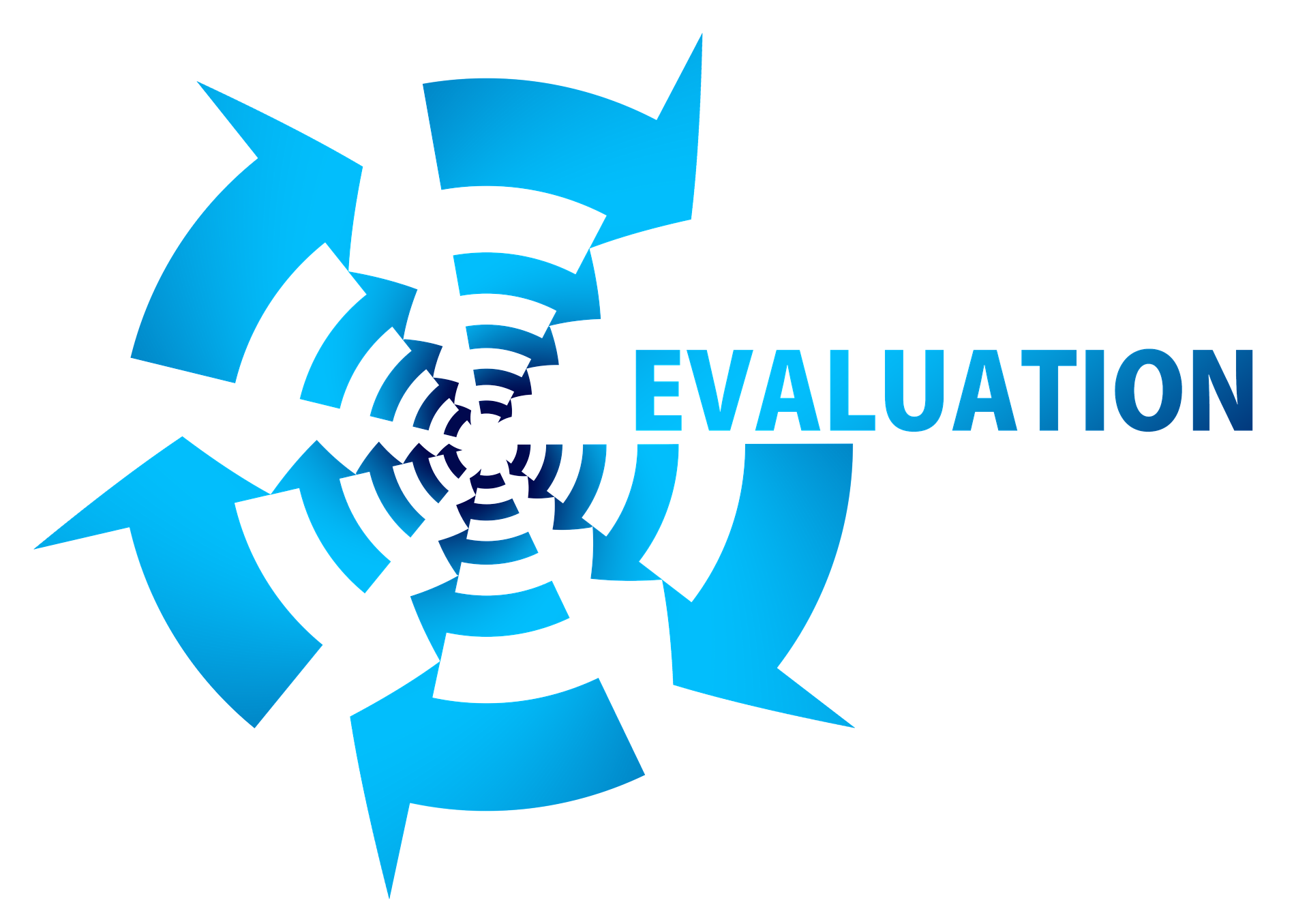I recently received an email asking me about my thoughts on technology convergence versus integration. As I started to write a response to the email I noticed that my response would answer a question that I get here quite often.
Because of this I chose to include the email body and my response to it in this post. This post will provide you with a working knowledge of what convergence and integration are, what their pros and cons are, and when and where to use each approach. Enjoy.
The E-mail
I received an e-mail asking me to discuss the pros and cons of convergence and Integration. Here was the text of the email, the only changes I made where to add context for readability.
What are the Pros and cons of an converged solution against integrated solution.
We have seen convergence being pitched for building systems into IT for a while but acceptance in our market is still largely “unwillingly” as IT would not want to be responsible for Building Systems and vice versa. We believe we would have more success if we pitch convergence of building systems into a single IT backbone (FM-centric) and make provision to connect to real IT-network at only at the server or enterprise layer. Convergence should be largely IP-based except Fire Alarm.
Integrated solutions are common in most cases as in IBMS and ELV (extra low voltage) systems but mostly not converged as each silos run their own network. In this case for green field, it’s much easier to design, while for brown field, due to old proprietary systems, there will be challenged to integrate with various methods, it may end-up integrate via ‘low-level’ using relays or voltage-free contacts.
What are your thoughts on an integrated versus a converged solution and how would they apply to greenfield versus brownfield installations.
My Response
Here is my take on integrated versus converged solutions.
A converged solution relies on the the two systems being zippered or bridged together. Convergence happens at various points it can happen at the physical level where two sensor systems are converged onto a single I/O board, it can happen at the application level where two databases are merged to provide a single data picture, or it can happen anywhere in between.There are pros and cons to each solution:
Integrated solutions provide a level of abstraction as there is a separation of sorts between the two systems. You have two isolated systems being bridged by a intermediary device. This separation allows the two systems to be segmented, and allows there to be a clear line of demarcation.
However the integrated solution will be more sensitive to changes than the converged solution because the two systems are still isolated. Case in point, an API versioning change can break an integrated solution that is built upon an expected API method type.
Converged solutions provide a more stable solution when done right. Depending on where the convergence occurs you can have two or more systems that from a logical point of view appear to be a single system. Convergence will tend to lend itself better to long-term systems that folks want to "set and forget".
Convergence however has a downside in that it many of its linkages are hidden under layers of systems. This can make performing root cause analysis in the case of failure quite difficult. This can be overcome by putting proper hooks in the converged solution to let the product owner see how the systems are performing as you move up the stack from the physical, network, application layers, ect.
Ultimately, neither solution is bad, it simply depends on your need. Converged solutions tend to lend themselves well to greenfield scenarios whereas integrated solutions lend themselves well to brownfield scenarios as the cost of convergence is often prohibitive on brownfield scenarios.
Key Points
When you are considering the design of your new building or a major retrofit, you need to consider whether you want a converged system or an integrated system. Here is how I would make the decision for a new building or an existing building.
New Building
For a new building I would look at the systems I have inside the building. I would compare this to the use cases I have for my building and then I would see whether I need to have an integration or a converged system.
For example, if I knew I wanted to have my lights turn on when the building turned occupied I would simply integrate the lighting panel to the BAS and would then go and send an occupancy signal to the lights when the building went occupied.
However, if my use case was to have the lighting system come on for a specific zone when a specific person badges into the system and I wanted to have all three systems on the same network then I would look at a converged system. The convergence would most likely happen at the application layer but the systems would require more then a simply point integration.
Existing Building
An existing building is more difficult as you are often confined to the existing systems. Integration tends to be the method of choice for implementing new use cases in existing buildings. The reason behind this is its cost prohibitive to rip out entire systems or combine networks for the sake of convergence.
This is why I recommend creating BAS standards to ensure that you are building your new buildings to support your use case library.
Conclusion
Integration and convergence can seem to be the same and in some ways they are. No matter what you call the concept of combining systems it is important to ensure that you are always moving towards standardization. Ensuring that you have BAS and other systems standardized in writing will help you to support your systems, implement use cases, and rapidly on board new personnel.
How do you decide between integration and convergence on your projects?
Let me know in the comments below.





